Unlike other toll agencies in the United States, the Delaware River Joint Toll Bridge Commission is required under its enabling legislation – a Compact approved by the states of New Jersey and Pennsylvania and then affirmed by the U.S. Congress – to operate both toll bridges and non-toll bridges. The Commission refers to the non-tolled crossings as toll-supported bridges because while they are free for qualified vehicles to cross, the costs of operating, maintaining and policing these spans are paid from a share of the proceeds collected at the Commission’s toll bridges. Hence, toll-supported.
We do not use the word free in the bridge titles because that would be inaccurate; toll payers are supporting these older, often-weight-restricted bridges. (By the way, until the early 20th century, all of these current-day toll-supported river crossings were privately owned toll bridges. Two of them are now pedestrian-only crossings.)
